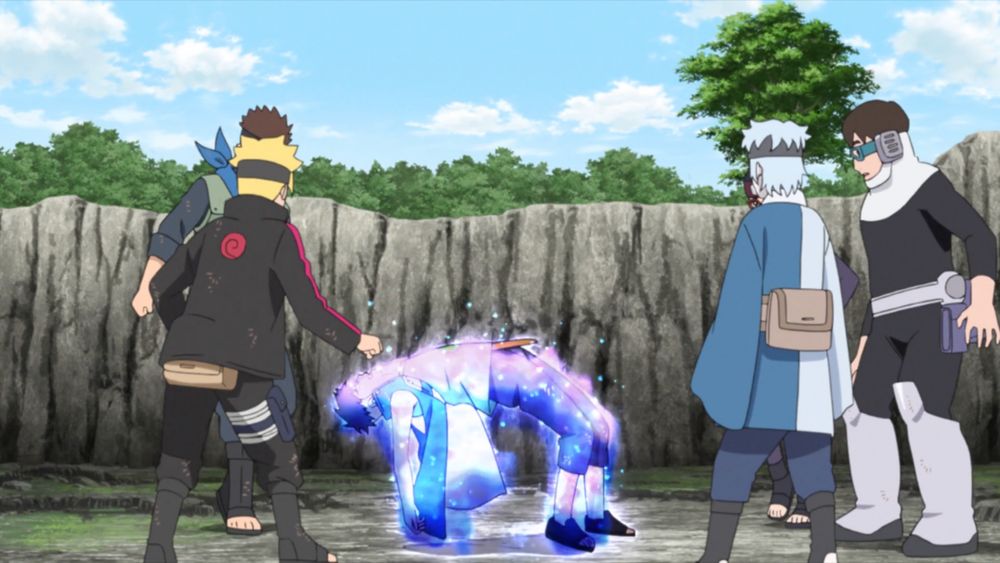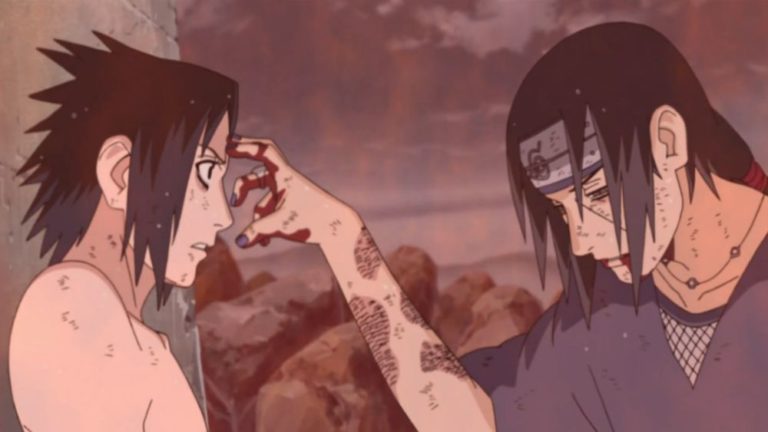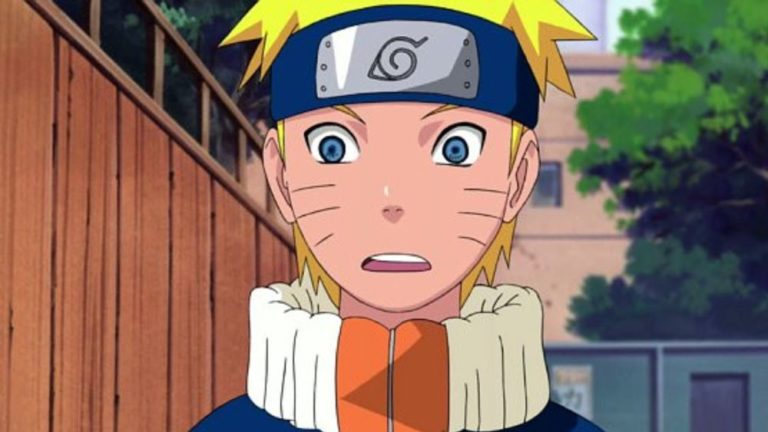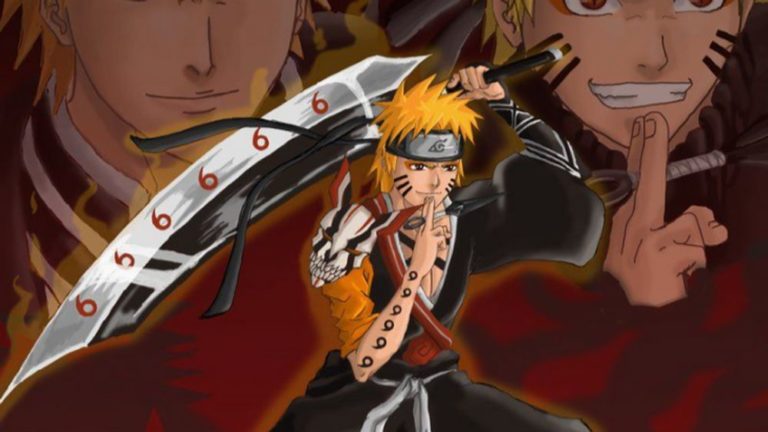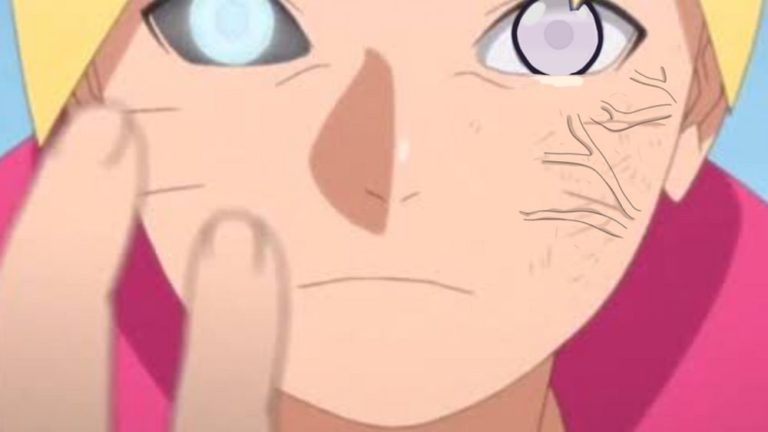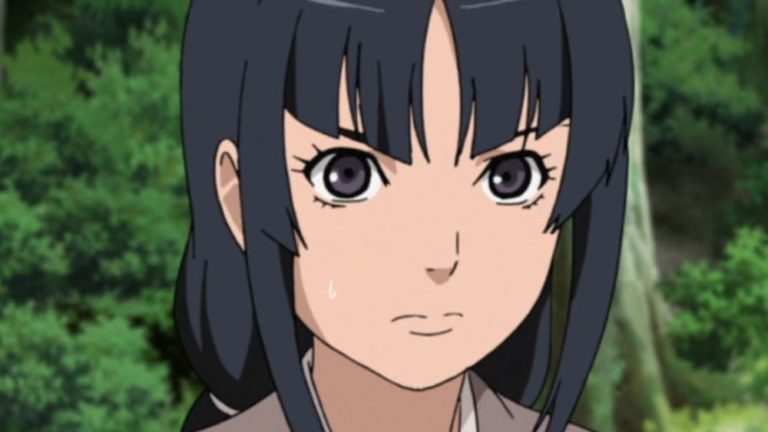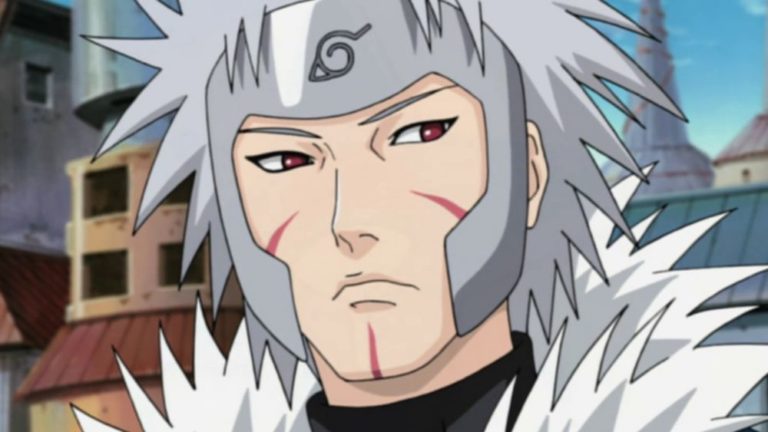Optimal The Perfect Ending: How Naruto Should Have Ended
Optimal The Perfect Ending: How Naruto Should Have Ended
Oh, my fellow ninjas and shinobi-in-training, gather ’round as we embark on a journey of “what ifs” and “could’ve beens” in the epic world of Naruto. Imagine an alternative universe where our beloved series ended differently, where every jaw-dropping moment and heart-wrenching battle resolved in pure satisfaction for our insatiable fan desires. Talking about how Naruto should have ended isn’t just wishful thinking; it’s a deep dive into the endless possibilities that this iconic anime could’ve explored.
Whether you’ve been part of the Hidden Leaf Village since day one or just got your forehead protector, there’s no denying the impact Naruto has had on us. But let’s be honest – all of us, at some point, have had that thought bubble pop with a wistful “what if…?” about the series’ finale. The vibrant community feverishly debates how Naruto should have ended, showing just how passionately we care about the ninja world Masashi Kishimoto created.
So sit back, let the chakra flow, and prepare to unleash your inner Hokage as we dissect the paths not taken. We’ll examine pivotal moments, untapped potential, and those teary-eyed scenes that could have knit the perfect ending to this saga that entranced us for years. Because, let’s face it, Naruto’s journey wasn’t just any story – it was a phenomenon that deserved the most glorious of finales.
The Climactic Showdown: Naruto vs. Sasuke
The face-off between Naruto and Sasuke is one for the anime history books – a battle that transcended mere fists and jutsus to strike at the heart of what it means to be a shinobi. Naruto’s unyielding belief in friendship versus Sasuke’s tormented path of revenge; it was more than a mere clash – it was an epic tale of conviction and redemption. The final showdown carried the weight of their tumultuous past and the dreams of the entire ninja world.
The Ideological Battle and Its Significance
To truly grasp the essence of their showdown, we must delve into the philosophical clash that defined Naruto and Sasuke’s relationship. Naruto, the ever-hopeful optimist, sought to bring change through understanding and compassion, battling against the cycle of hatred. Sasuke, on the other hand, embodied the pain and suffering that emerged from that very cycle, aiming to obliterate it through power and revolution.
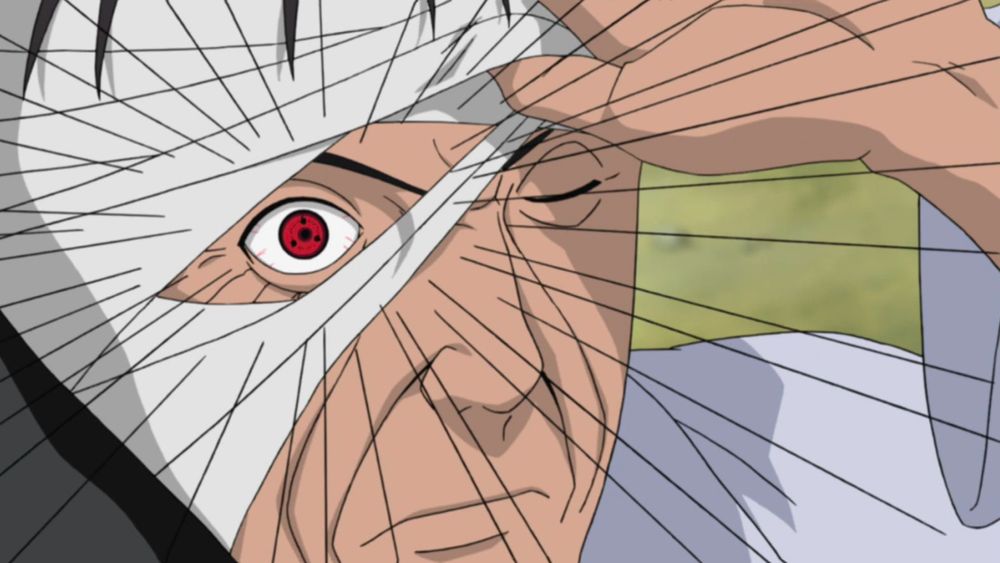
This battle wasn’t just about who could land the most powerful Rasengan or Chidori. It was a visual and emotional representation of their ideologies, echoing the broader themes of the series. It was a fight that left us wondering about the true nature of justice, friendship, and the costs of war – themes that resonated deep within the hearts of fans worldwide.
The battle between Naruto and Sasuke was not just about physical combat, but a profound clash of ideologies that resonated deeply with fans worldwide.
Alternative Resolutions to Their Final Fight
But what if – just what if – things went down differently? Let’s unpack some alternative endings that could’ve been:
- Mutual Knockout: Picture both warriors reaching their limits, collapsing side by side, acknowledging each other’s strength in silent understanding.
- Sasuke’s Redemption: Sasuke, realizing the error of his ways earlier, forfeiting the battle, and laying down arms – in essence, a rekindled brotherhood without the need for a victor.
These different scenarios not only pique our curiosity, but also highlight how varied resolutions could have further emphasized the core themes of forgiveness and growth. An unorthodox ending where fists aren’t the deciders of fate could have been a refreshing take on the shonen showdown trope.
The Pain Arc: A Missed Opportunity for Closure?
I mean, come on – who didn’t feel a twinge of “this is it!” during the Pain Arc? It had all the makings of a grand finale: high stakes, emotional depth, and a villain with compelling motives that mirrored our hero’s deepest aspirations. Could this have been the climax we all secretly – or not so secretly – yearned for?
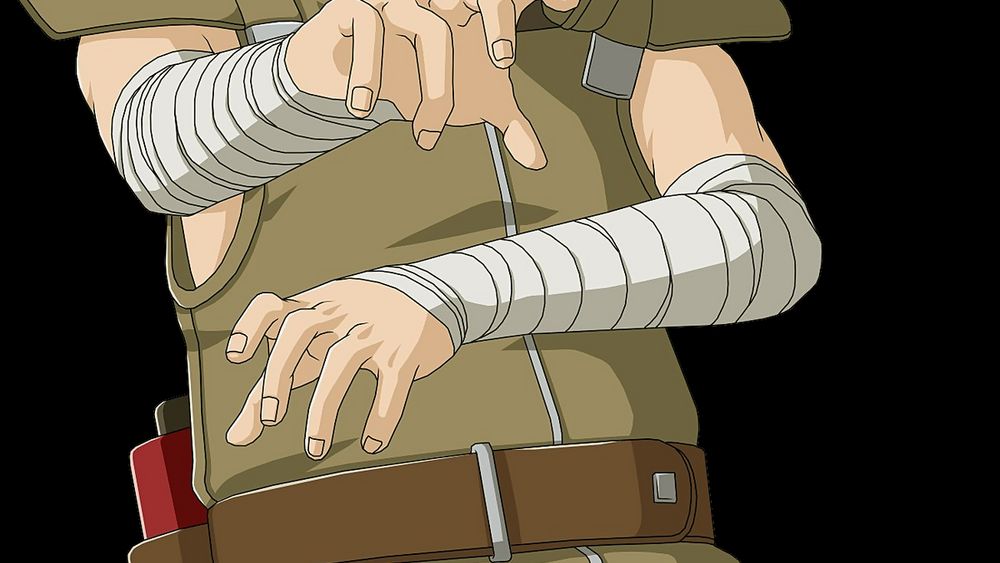
The Impact of the Pain Arc on the Naruto Universe
The arrival of Pain shook the very foundations of Konoha and our understanding of the Narutoverse. This saga introduced us to a villain with complexity and a cause, hints of Nagato’s own suffering coloring his vision for a world free of pain. We witnessed heroism, destruction, loss, and the rawest displays of strength and emotion, all converging in a story arc that shattered and then rebuilt the world we thought we knew.
Pain’s assault forced us down a narrative rabbit hole where we questioned the cycle of hatred and vengeance – themes that were intricately woven throughout Naruto’s tapestry. Every battle scar, every tear shed by our beloved characters, was imbued with significance, because, in the end, they highlighted the horrors of war and the strength found in hope and resilience.
The arrival of Pain in the Narutoverse challenged the very core of the story, introducing a complex villain and exploring themes of suffering, heroism, and the cycle of hatred and vengeance.
How the Pain Arc Could Have Been the Series’ Apex
Imagine a universe where Naruto’s confrontation with Pain culminated in the ultimate resolution of the series. The end of the Pain Arc could have been a storytelling masterpiece, wrapping up longstanding conflicts and ushering in an era of peace that Naruto had been fighting for all along. Let’s dream up a few “happily ever afters” that could have been painted from this arc:
- True peace: Naruto defeats Pain and convinces the ninja world to seek a lasting, nonviolent resolution. An era of peace ensues, led by Naruto as a true herald of change.
- Sacrificial resolution: Naruto sacrifices something dear to himself – be it his own aspirations or something unfathomably painful – to secure peace, embodying the selflessness he was known for.
- Reconstruction and rebirth: Post-Pain, Konoha rises from the ruins with Naruto at the forefront, leading not by force, but by the indomitable spirit that had become his trademark.
Each potential storyline isn’t just a fan’s reverie; it’s a testament to the emotional engagement we’ve had with this series. Such endings would have paid homage to how complex and interwoven the characters’ personal journeys had become with the world around them.
The Role of Kaguya: Necessary Evil or Narrative Misstep?
Oh boy, Kaguya’s arrival – did we really need that twist? Her appearance on the scene stirred more than a little controversy among the fanbase. Was she an unforeseen but necessary pivot, or did she steer us away from a more satisfying resolve?
Kaguya’s Influence on the Story’s Direction
Introducing Kaguya – a being so ancient and powerful – had the potential to elevate Naruto to a cosmically epic scale. Yet, many fans felt that her emergence detracted from more pressing narratives. Suddenly, we were dealing with a celestial threat rather than focusing on the terrestrial tribulations that had driven the plot thus far.
Her sudden appearance reshaped the trajectory of Naruto’s journey, shifting from a tale of human struggle and ideals to a grandiose starry battle against an otherworldly foe. While this expanded the Naruto universe, it also raised concerns that this detour was more of a plot device than a meaningful addition to the story’s core narrative.
Kaguya’s sudden appearance shifted Naruto’s journey from a tale of human struggle to a grandiose battle against an otherworldly foe, raising concerns about its impact on the story’s core narrative.
Possible Outcomes Without Kaguya’s Involvement
Just let your imagination roam for a second and think of the potential outcomes without the kink in the plot that was Kaguya:
- Focus on Madara: Without Kaguya, the spotlight could have remained on Madara as the apex antagonist, providing a coherent villainous presence rooted directly in the series’ established lore.
- Consistent Themes: Storylines hinging on human conflict, the weight of history, and the complexities of power and peace could’ve seen through to their natural culmination.
- Satisfying Conclusions for Characters: Without the distraction of Kaguya’s sudden ascent, the concluding arcs could have dedicated more time to resolving the characters’ intricate storylines in a manner congruent with their development throughout the series.
Fan theories and discussions on how the legendary fight against Kaguya could have been sidestepped demonstrate the devotion to a saga that truly could’ve wrapped up with the more grounded confrontations we had come to anticipate.
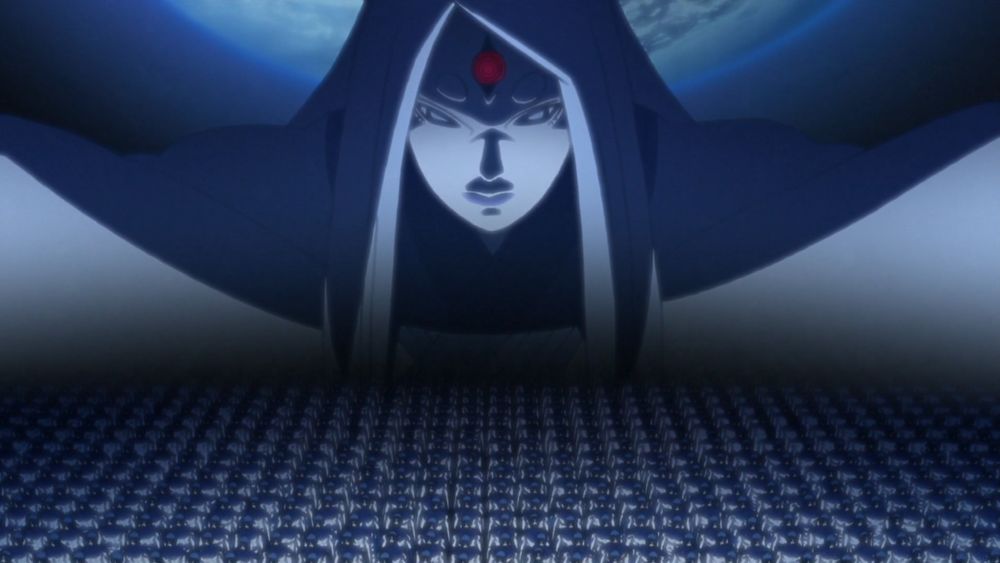
Unresolved Storylines and Character Arcs
Now, let’s spill the tea about all those dangling threads left seemingly untied. As we reached the final pages of Naruto’s journey, one couldn’t help but feel that some of our favorite ninja squads and their arcs deserved a more definitive wrap.
The Fate of the Supporting Cast
OMG, can we talk about the emotional investment we had in the supporting cast of Naruto? These characters were more than just sidekicks; they were like family, with backstories that could make a grown Otaku sob uncontrollably! But as the series raced towards its finale, many loyal viewers felt that their fates were kind of hastily wrapped up with a pretty bow – or worse, left hanging without a bow at all.
For instance, Rock Lee, the epitome of ‘hard work beats talent’, deserved so much more. Didn’t y’all yearn to see him opening the Eighth Gate or achieving a milestone that truly reflected his development and dedication? And don’t get me started on TenTen – did she ever find her way after the war? The absence of these resolutions left fans unanswered, craving for a sense of completion that just wasn’t there.
Then there’s Anko Mitarashi, the pupil of Orochimaru – her character took a backseat in the final trails of the show. Her murky path to redemption, while initially intriguing, ultimately led… where exactly? We needed not just closure, but epic conclusions for these unsung heroes that fought bravely behind the leaf headband. These are the threads that, woven together properly, could have truly immortalized the rich tapestry that is Naruto.
Many loyal Naruto viewers felt that the supporting characters’ fates were hastily wrapped up, leaving fans craving for a sense of completion and epic conclusions for the unsung heroes.
Loose Ends That Needed Tying Up
So, while I was obsessively rewatching Naruto the other night, it hit me – there are so many loose ends that needed tying up, it’s insane! For one, Kabuto’s journey post-war, did he really find inner peace at the orphanage? His story arc deserved to be peeled like an onion, layers upon layers revealing the core of his true nature.
And what about the lingering mysteries of the Uchiha clan‘? There was such depth to the history and implications of their actions, and fans would’ve loved more exploration on this. It’s like, hello? We’ve got a treasure trove of lore sitting untouched over here!
Not to mention, the deal with Orochimaru. Sooo, are we supposed to be okay with him just slithering around post-war like no biggie? His future after such a tumultuous past was left as clear as a foggy day in London – pretty darn obscure. Fans craved a well-stitched narrative quilt, with all its pieces neatly sewn together, but what they got was a few dangling threads and a hole in the middle.
The Legacy of Naruto: Themes and Messages
The legacy of Naruto is more than just ninja battles and goofy antics – it’s the heart and soul that pumped life into every fan’s journey.
The Final Message of the Series
The final message of Naruto felt like it was supposed to center on peace, understanding, and perseverance against all odds – y’know, the whole never-give-up attitude! But when you look back, is that what really stayed with you? Sure, it’s all there, but it’s like the message got caught up in so many plot points that it struggled to shine as brightly as it could’ve. Maybe, just maybe, it got a tad diluted amidst all the action and the plot twists.
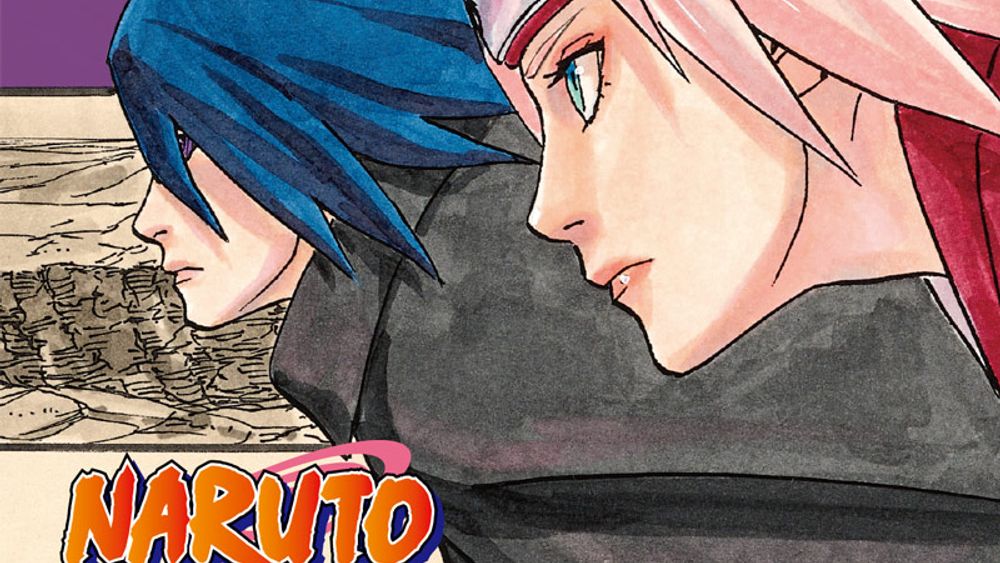
It comes down to this – while Naruto’s journey from outcast to hero is nothing short of legendary, the finale could have dove deeper into these themes. Personal growth, their relationships, and the endless cycle of hatred that the series so beautifully showcased. But did it drive home that heartfelt message of hope and friendship that hooked us all in the beginning? That’s debatable, folks.
How the Ending Could Reflect the Core Themes Better
I can’t help but wonder how Naruto should have ended to truly mirror the core themes that we all chanted like a mantra. Imagine if the ending zoomed in on Naruto’s role as a bridge between people, as the ultimate connector who brought warring factions together. Like, that’s what the series was all about – empathy, understanding, and breaking the cycle of vengeance.
We could have seen more of how Naruto’s ideologies influenced the shinobi world, shaping it into a place where the next generation – yes, Boruto and his band of new-age ninja – could thrive without the shadows of the past. A world where each character’s growth was nurtured, not just concluded with stock footage of them standing around post-battle.
The legacy could’ve been cemented with callbacks to the original philosophy of the series: that it’s not the life you’re born into, but the actions you take that define you. And that, peeps, is a message that resonates universally, transcending the bounds of the Hidden Leaf and reaching into the hearts of fans everywhere.
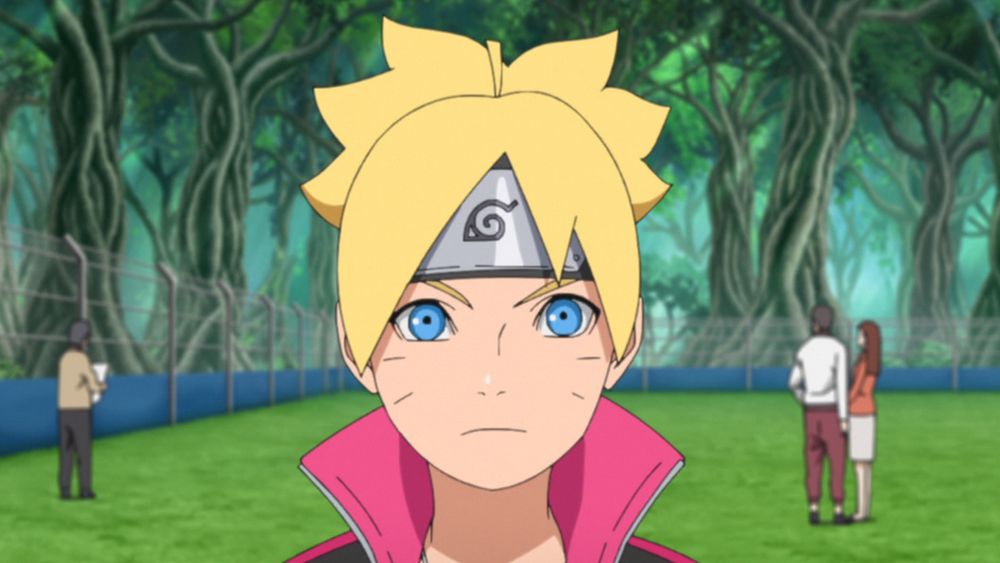
FAQs
1. What would an ideal ending to Naruto look like in terms of character development?
An ideal ending to Naruto would emphasize character development, showcasing matured versions of each character who have learned from their trials and embody the series’ core values.
2. How could the final arc have better served the series’ overarching themes?
The final arc could have better served the series’ overarching themes by highlighting the triumphs of empathy and redemption over power struggles, bringing the cycle of hatred to a close in a way that aligns with the show’s original message.
3. In what ways did the actual ending of Naruto fall short for fans?
The actual ending of Naruto fell short for fans because it seemed to skip over the in-depth resolutions of character arcs and broader themes that were anticipated, leading to a sense of unfinished business and emotional disconnect for the audience.
4. Could an alternative ending have provided a more satisfying resolution to the Naruto vs. Sasuke rivalry?
An alternative ending could have provided a more satisfying resolution to the Naruto vs. Sasuke rivalry, with a conclusion that better encapsulates their individual journeys and the series’ message of friendship and reconciliation.
Conclusion
As a fan who’s been on this crazy, beautiful journey since the early days of manga drip feeds, how Naruto should have ended is a question that sparks endless debates in the community. We wanted heart. We wanted soul. We wanted endings that honored every drop of sweat and tears the ninjas shed. And while the final chapters gave us some of that, the sense of ‘what could’ve been’ still lingers like the ghost of the Third Hokage.
Ultimately, Naruto taught us that every end is just a new beginning. You gotta believe that, deep down, the spirit of the series lives on in every ramen-loving, shadow clone-summoning fan out there. So here’s to the biggest, warmest, squishiest hug to every Naruto fan – may our ninja way be as fierce and passionate as the show we adore.
Stay awesome, stay ninja, and never stop dreaming about the sheer epicness of the Naruto universe. Until next time, this is Alex, signing off with a heartfelt ‘Dattebayo!’
This article uses material from the Naruto wiki at Fandom and is licensed under the Creative Commons Attribution-Share Alike License.

